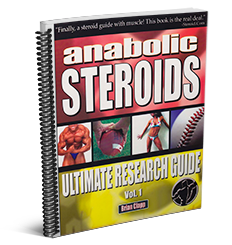Silymarin inhibits function of the androgen receptor by reducing nuclear localization of the receptor in the human prostate cancer cell line LNCaP
Wen Zhu, Jin-San Zhang and Charles Y.F. Young,1
Department of Biochemistry and Molecular Biology and Department of Urology, Mayo Graduate School, Mayo Clinic/Foundation, Rochester, MN 55905, USA
A number of reports have shown that the polyphenolic flavonoid silymarin (SM) is an effective anticancer agent. Agents with novel mechanisms of blocking androgen receptor (AR) function may be useful for prostate cancer prevention and therapy. Previous studies showed that silibinin (SB), the major active component of SM, could inhibit cell proliferation of a human prostate cancer cell line, LNCaP, by arresting the cell cycle at the G1 phase without causing cell death. This study further delineates the potential molecular mechanism by which SM and SB exhibit antiproliferative effects on androgen-responsive prostate cancer cells by inhibiting function of the AR. We observed that SM and SB inhibited androgen-stimulated cell proliferation as well as androgen-stimulated secretion of both prostate-specific antigen (PSA) and human glandular kallikrein (hK2). Additionally, for the first time, we show that an immunophilin, FKBP51, is androgen regulated and that this up-regulation is suppressed by SM and SB. We further demonstrate that transactivation activity of the AR was diminished by SM and SB using gene transfer of PSA promoter and hK2 androgen-responsive element constructs. However, expression and steroid-binding ability of total AR were not affected by SM in western blotting and ligand-binding assays. Intriguingly, we found that nuclear AR levels are significantly reduced by SM and SB in the presence of androgens using western blotting assay and immunocytochemical staining. This study provides a new insight into how SM and SB negatively modulate androgen action in prostate cancer cells.





 Reply With Quote
Reply With Quote
